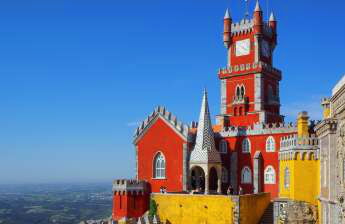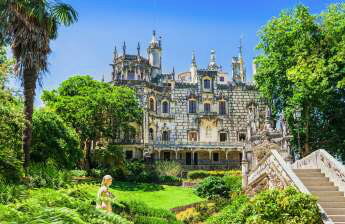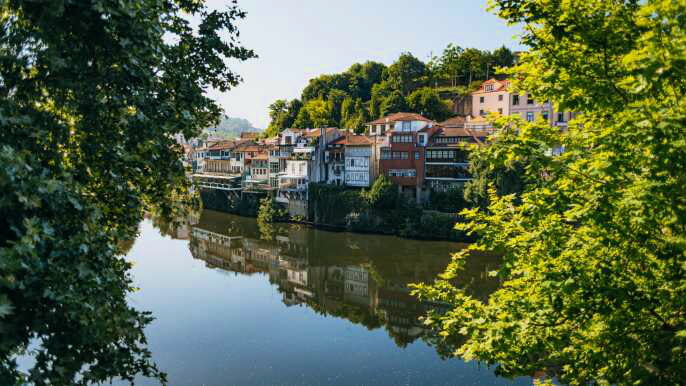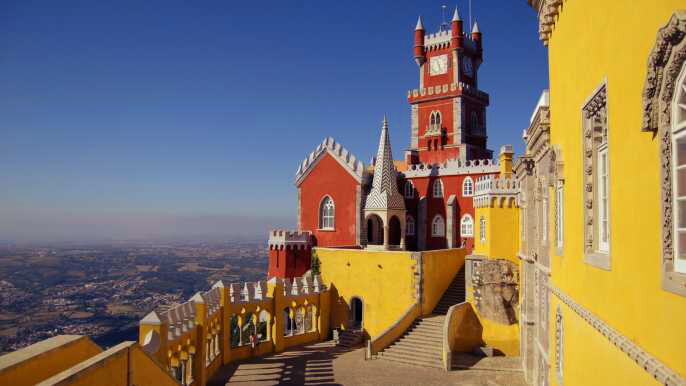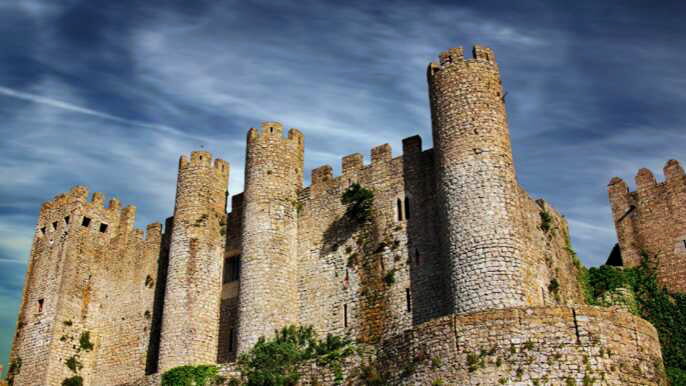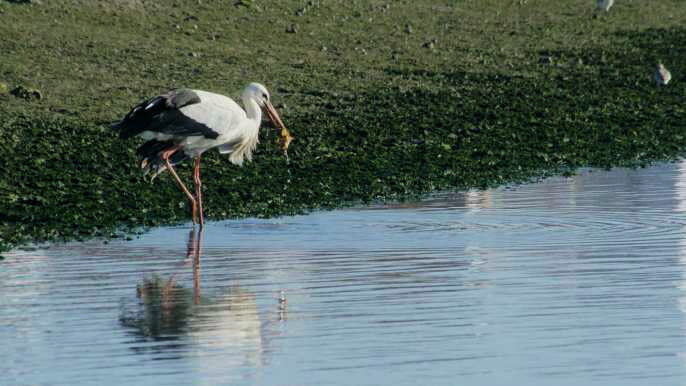Sintra is a magical and beautiful place that’s packed with UNESCO World Heritage sites. If you’re visiting the area for a short trip, you should make time for these top spots!
The top attraction is undoubtedly Pena Palace, a 19th century masterpiece of Romanticism that sits on the top of a hill. Its combination of Manueline and Moorish styles is impressive and its eclectic interior reflects a wide range of architectural influences.
Quinta da Regaleira
Quinta da Regaleira is one of Sintra’s most exotic palaces and is part of the town’s UNESCO World Heritage cultural landscape. The lavish building, which was built by wealthy Brazilian businessman Antonio Augusto Carvalho Monteiro, combines Gothic, Renaissance and Manueline styles.
It is surrounded by lush gardens and forests, featuring statues of mythological figures, esoteric symbols and grottoes. The four hectare estate was inspired by Monteiro’s mystic ideologies, revealing references to Freemasonry, the Knights Templar and dark alchemy.
Inside, you’ll find a grand house spread over five floors with Romantic and Gothic features. In addition, the palace is topped by a chapel, which is adorned with pentagrams.
The grounds of Quinta da Regaleira are also a sight to behold, with wells, caves, lakes and pavilions. This enchanting garden is home to a variety of tree species from around the world, such as Norfolk Island Pines, sequoias and Magnolias.
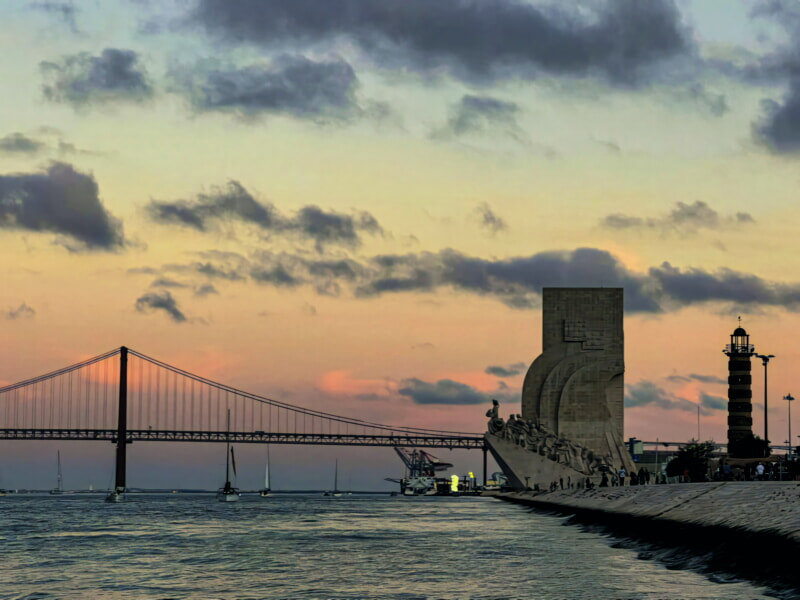
Palacio Nacional de Sintra
The best-preserved medieval royal palace in Portugal, the Palacio Nacional de Sintra (also known as the Town Palace) was the home of Portuguese royalty from the 12th century until the abolition of the monarchy in 1910. The building is an architectural jewel, a blend of Gothic, Manueline and Renaissance influences.
This palace is a must-see for anyone visiting Sintra. It is a fascinating mix of Moorish, Gothic and Manueline architecture and is a popular spot for photographers and tourists.
It is home to some of the most stunning interiors in Sintra, with a wealth of eye-catching Seville azulejos – a Mudejar technique that’s reminiscent of Moroccan tile work and decorated with geometric carpet-like patterns. The Sala dos Brasoes (“Coats of Arms”) room, for example, features a coffered ceiling that’s lined with 72 coats of arms of the Portuguese royalty and nobility.
The National Palace Gardens extend over several terraces and are spread across the western side of the palace. They include the Araucaria Garden, Kitchen Garden, Preta Garden and Princes’ Garden.

Convento dos Capuchos
Situated deep within the Sintra forests, Convento dos Capuchos is a genuinely unique attraction. Imagine monks living in isolation hundreds of years ago, squeezed in tiny cells--it is one of those magical sights where nature, architecture, and religion come together!
This austere Franciscan monastery was built in 1560 by Dom Alvaro de Castro, as the fulfilment of a vow made to his father, Dom Joao de Castro, the Viceroy of India. It is a true example of the austerity and spiritual devotion of the Franciscan friars who lived here.
The convent was constructed using the philosophy of extreme architectural and decorative simplicity. It is made up of eight small monk cells, a chapel, refectory and other dependencies installed in the rock and lined with cork, forming a symbiosis between human construction and natural splendour.
The Capuchos Convent is part of the Cultural Landscape of Sintra, listed as a UNESCO World Heritage Site in 1995. It is conserved and restored by Parques de Sintra - Monte da Lua, a public company created to safeguard state properties in the Cultural Landscape of Sintra. The conservation and restoration of monuments under the organisation’s care is funded through tourist revenue, a model that guarantees the sustainability of its cultural heritage management.
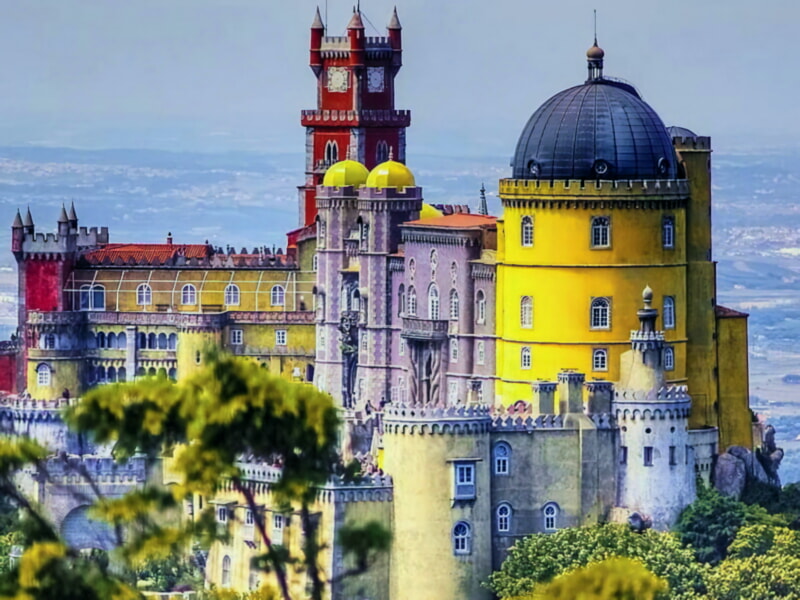
Monserrate Palace
Monserrate Palace and Park are one of the most important attractions to visit in Sintra. Sadly, this beautiful palace is not visited as often as the National or Pena Palace.
- The palace and park reflects all of the splendour of 19th century high society. The architecture has moorish inspiration and the interiors are adorned with detailed work in stucco, tiles and other fine materials.
- Its exotic gardens are a dream come true for nature lovers. You can stroll around the garden and find a lake, springs & fountains, grottoes and exotic plant species.
- The gardens are a combination of Indian, Gothic, Italian and Moorish influences. They feature tree-sized arbutus, holly and cork oaks. Other plants include araucarias, agaves, palms and camelias which give it an exotic feel.

